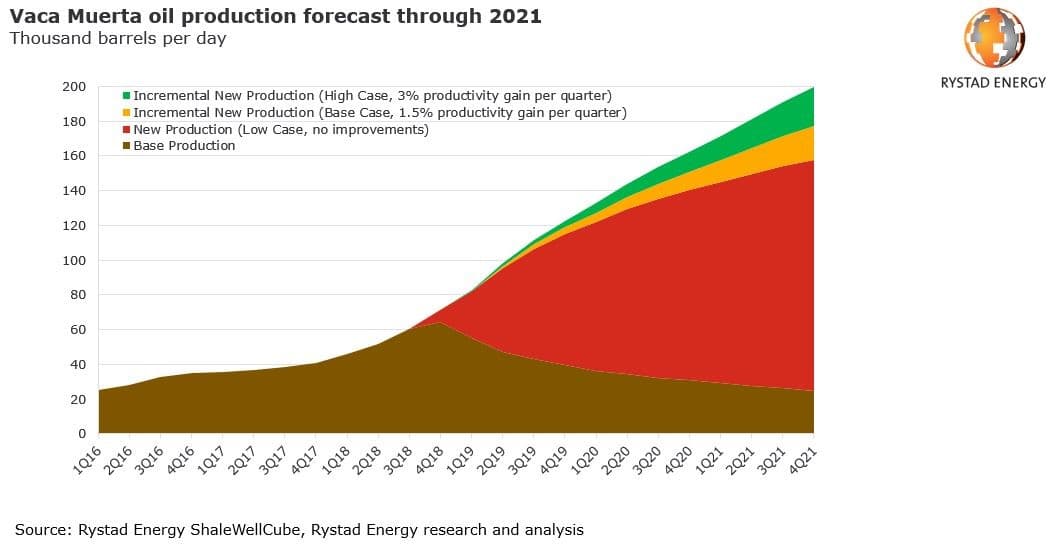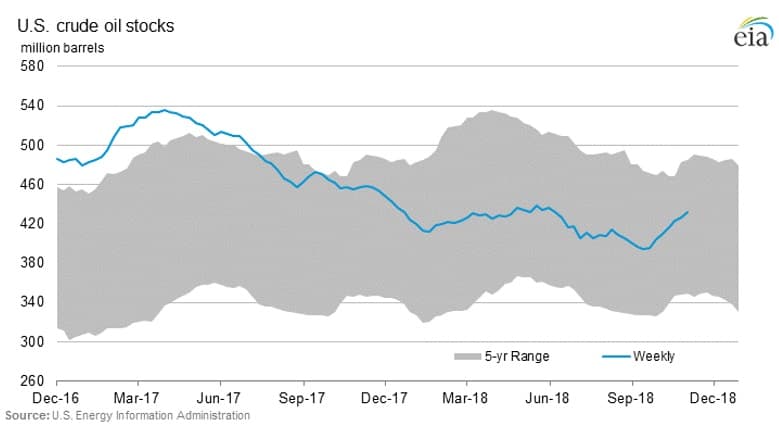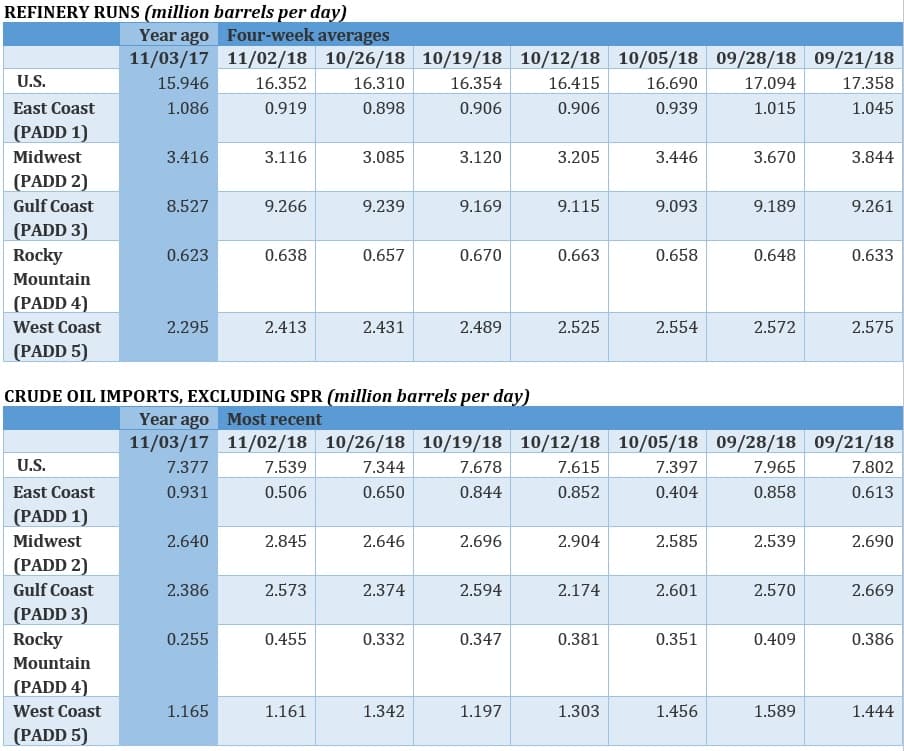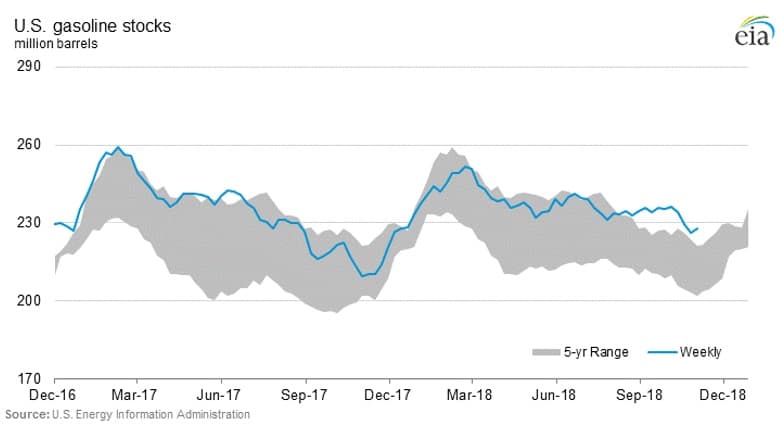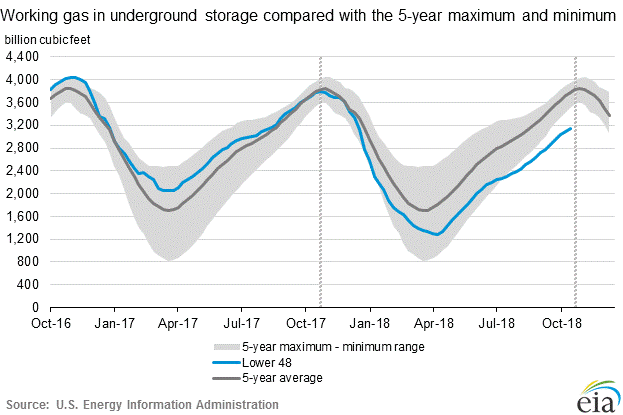Crude oil producers in Alberta appear to be split on a proposed cut in production amid record-low prices, Canadian media report.
One of the large Canadian oil producers, Cenovus Energy, is calling upon the government of Alberta to mandate temporary production cuts at all drillers in a bid to ease Canadian bottlenecks that have resulted in Canada’s heavy oil prices tumbling to a record-low discount of US$50 to WTI.
The province of Alberta, the heart of Canada’s oil sands production, has the necessary legislation to have all producers agree to production cuts and it needs to use it now, Cenovus said in an emailed statement to Bloomberg yesterday.
“We’re probably producing about 200,000 or 300,000 barrels per day of oil in excess of our ability to get that oil out of the province, either by pipelines or by rail,” Cenovus’ CEO Alex Pourbaix told Global News.
However, other big players disagree that the industry needs to produce less. “Our position is that government intervention in the market would send the wrong signals to the investment community regarding doing business in Alberta and Canada. And we really do need to take a long-term view and allow the market to operate as it should,” Global News quoted a spokeswoman for Suncor as saying.
However, Suncor is in a favorable position: according to the company spokeswoman it has no exposure to the suffocating differential between Western Canadian Select and West Texas Intermediate since it processes as much as 70 percent of its crude at home.
Husky Energy is another of the large Canadian producers who oppose a government-led intervention in production rates. According to Husky, “Market intervention comes with an unacceptably high level of economic and trade risk.”
…click on the above link to read the rest of the article…




